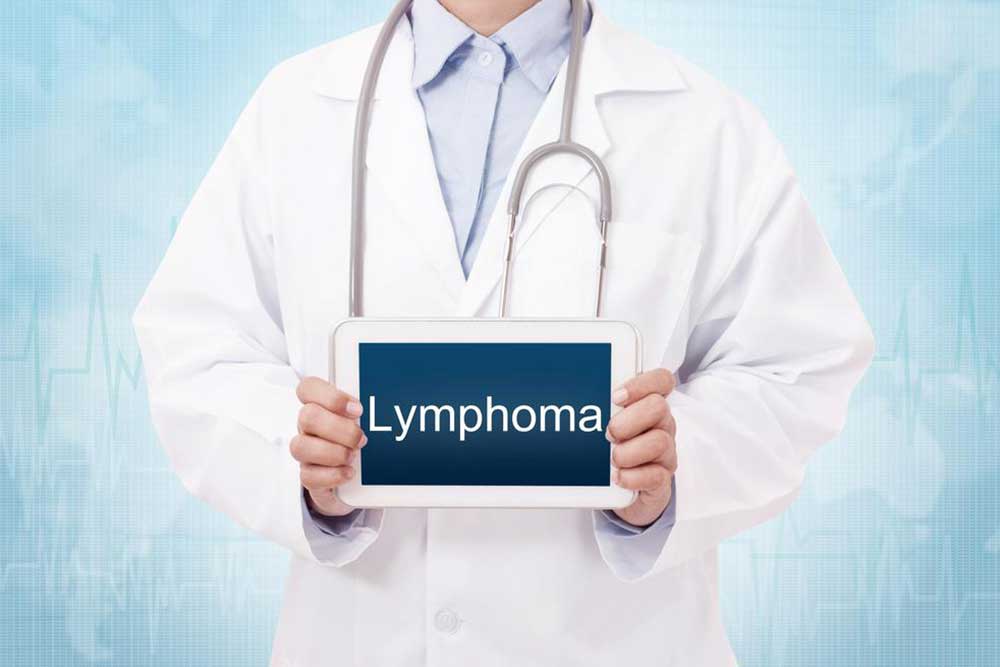A Complete Overview of Lymphoma Types and Characteristics
This comprehensive guide explores the various types of lymphoma, including Hodgkin and non-Hodgkin categories, their subtypes, symptoms, and diagnosis. Understanding these differences is crucial for early detection and effective treatment of this complex cancer affecting lymphocytes.

Lymphoma is a cancer affecting lymphocytes, the white blood cells that play a key role in immune defense. It typically begins in lymph nodes, presenting initially as painless swelling. The disease splits into Hodgkin and non-Hodgkin categories. Hodgkin’s lymphoma is less common, marked by Reed–Sternberg cells, whereas non-Hodgkin’s lymphoma (NHL) is more widespread with various subtypes.
NHL includes diverse forms:
B-cell lymphoma: An aggressive subtype like diffuse large B-cell lymphoma causes rapid lymph node swelling, accompanied by night sweats, weight changes, fever, and itching, sometimes with abdominal discomfort and breathing issues.
T-cell lymphoma: Making up about 15% of cases, it affects skin, organs, and blood, with symptoms such as skin patches, itching, tumors, infections, fatigue, and abdominal problems.
Burkitt’s lymphoma: An aggressive and rare form linked to immune weakness, common in children in malaria regions and HIV-positive patients. Symptoms include fever, night sweats, facial or abdominal swelling, and quick lymph node growth.
Mantle cell lymphoma: A rare, fast-growing lymphoma impacting bone marrow and gastrointestinal tract, often diagnosed late.
Follicular lymphoma: Typically affecting older individuals, it progresses slowly, presenting with swollen lymph nodes, night sweats, and weight loss.
Small lymphocytic lymphoma: Similar to follicular lymphoma, with slow progression and lymph node origin.
Lymphoplasmacytic lymphoma: A rare, age-related form caused by abnormal antibody production, leading to anemia and heightened infection risk.
Hodgkin’s lymphoma includes subtypes such as:
Lymphocyte-depleted Hodgkin’s disease: Rare and aggressive, mainly affecting young adults and immunocompromised people, characterized by Reed–Sternberg cells.
Lymphocyte-rich Hodgkin’s disease: Accounts for about 5% of cases, more common in men, featuring abundant lymphocytes and RS cells.
Nodular lymphocyte-predominant Hodgkin’s disease: Less aggressive, mainly in men aged 30–50, without RS cells.
Mixed cellularity Hodgkin’s lymphoma: Contains RS cells with lymphocytes, often seen in older men.
Nodular sclerosis Hodgkin’s lymphoma: The most common subtype, primarily in young adults, with lymph node sclerosis. It is highly treatable and often curable.


